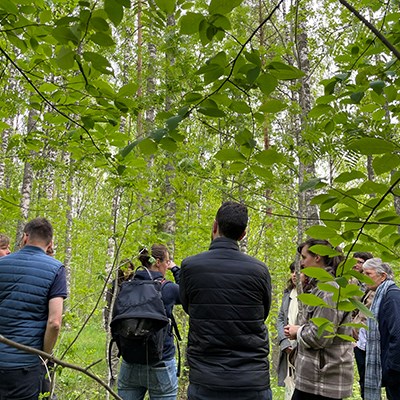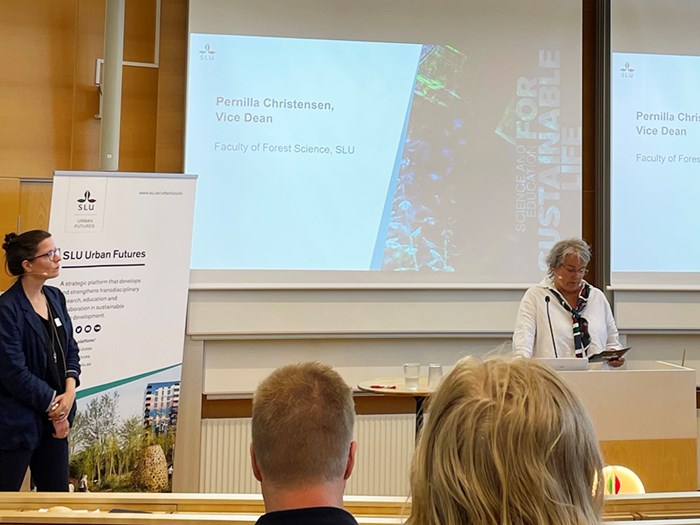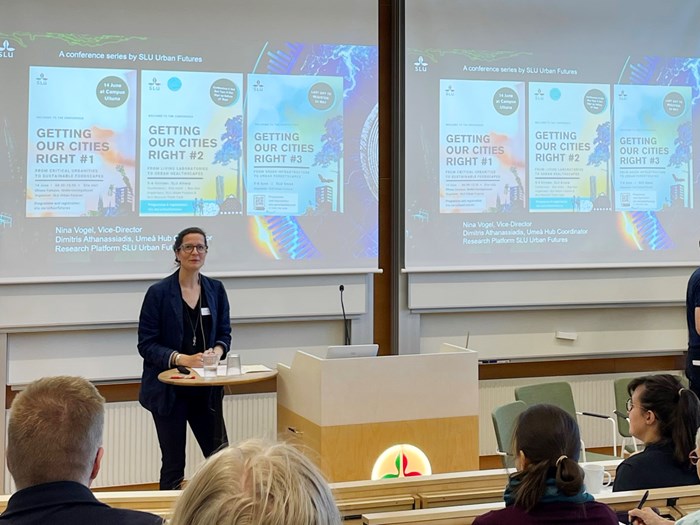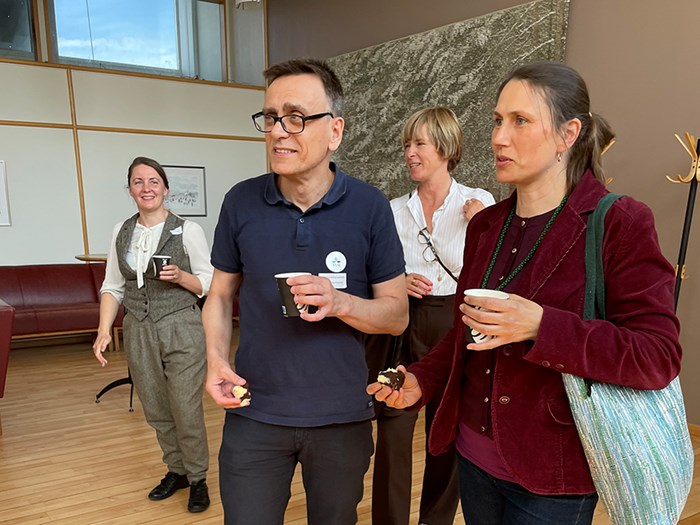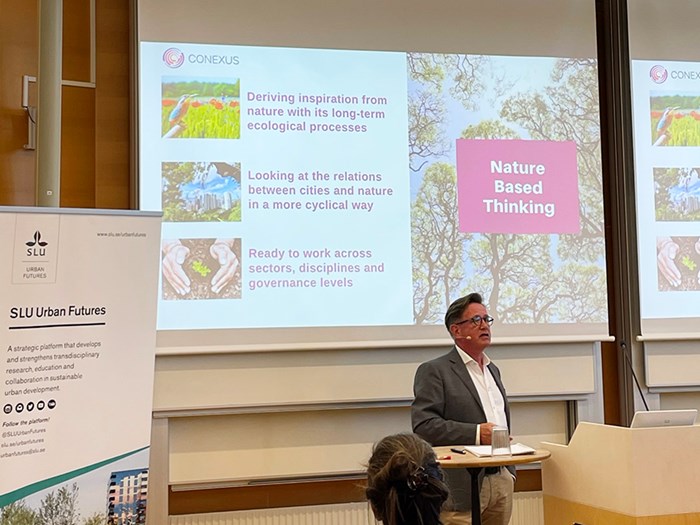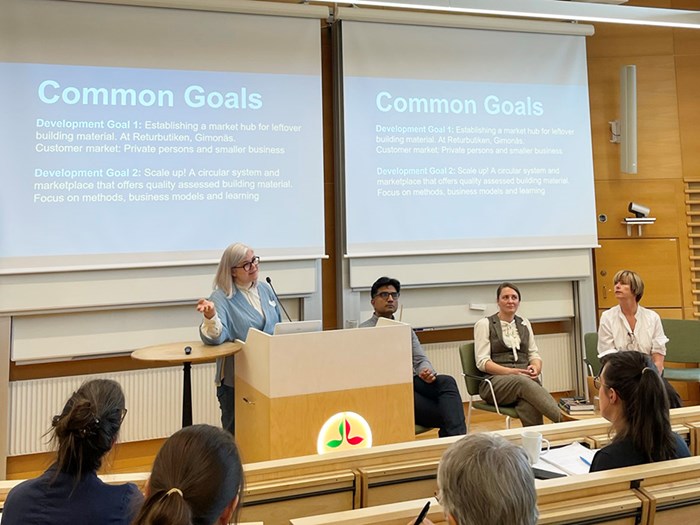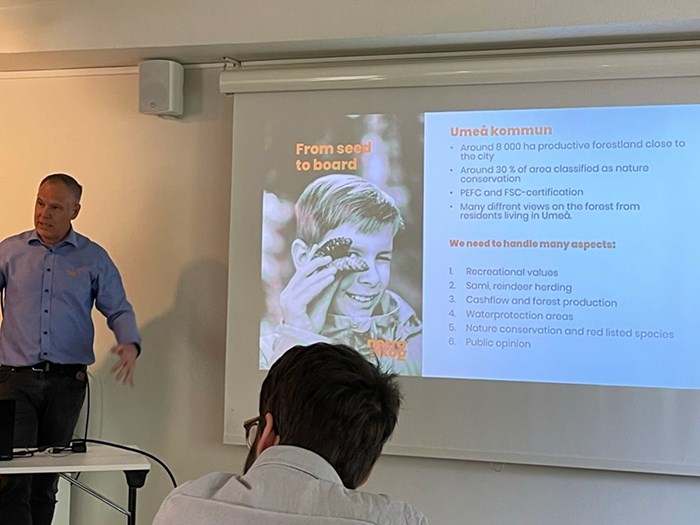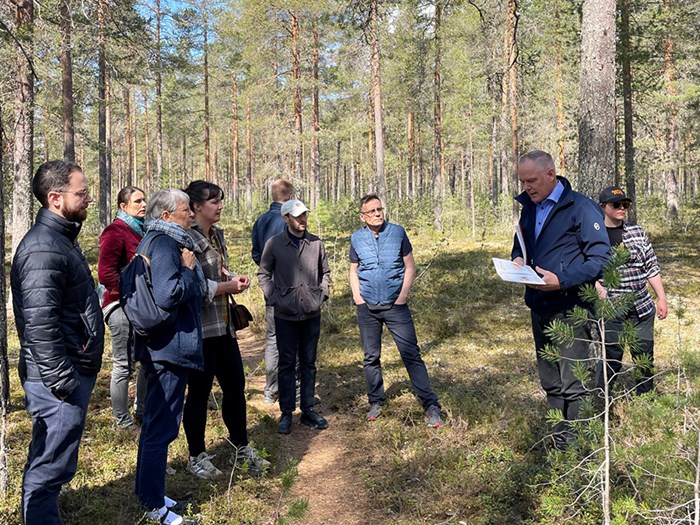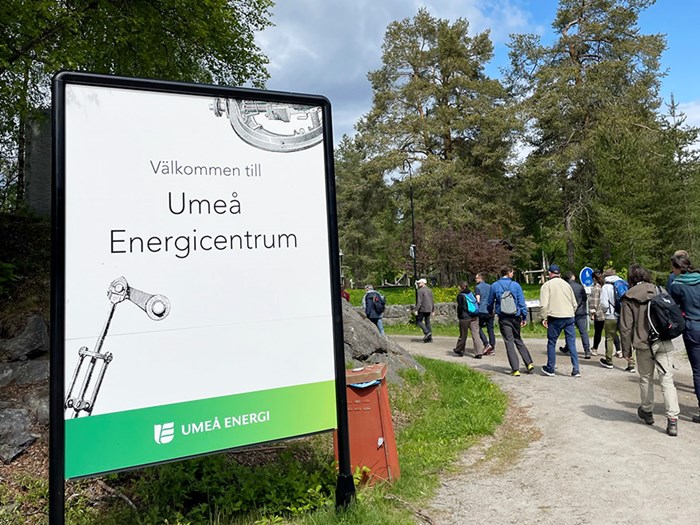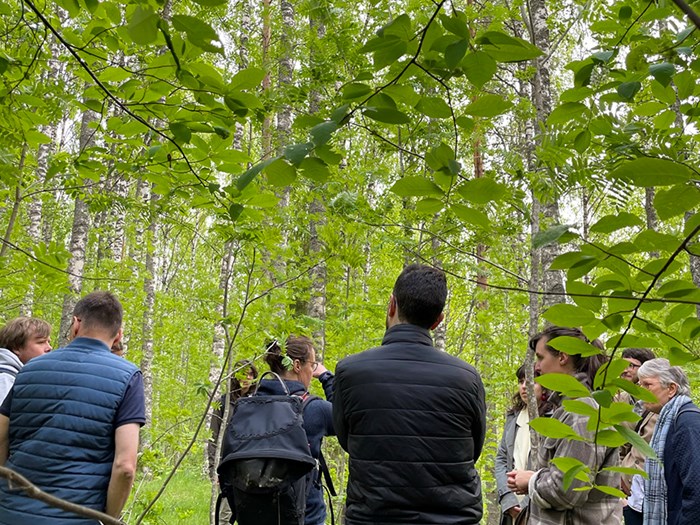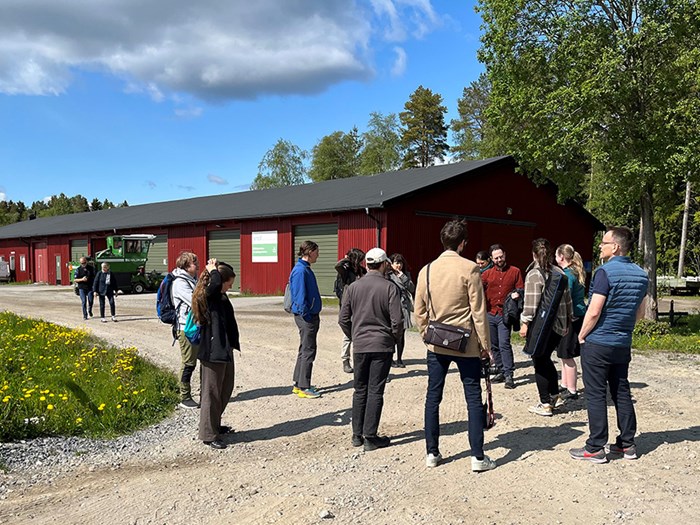Change in the status quo is emerging through different processes of urban forest management, from planning and policy-making, to forest management and maintenance. Torgny Lind pointed out that alternative approaches to industrial forest management, like continuous forest cover and increased proportion of old forests, can provide benefits for both the environment and economic development. The conference highlighted that accurate data and technological solutions can provide the tools to change forest management, however, it requires a willingness to cooperate with different stakeholders at all levels and finding compromise between the different values actors attach to the forest. The role of technology was particularly present in the debates on how to make industrial forestry more sustainable, however, this approach often fails to address the systemic and long-term change required to transition to sustainable use of forest landscapes. Critical approaches, like gender and indigenous rights perspectives, can help highlight the in-built inequalities and inequities in how resources are used and owned, and the types of knowledge that are excluded from decision-making for sustainable forest use. It underscores how forest resources are tied-up with land rights and consequently the power that is placed in the hands of a few large corporations that own vast areas of productive forests. These perspectives also bring a variety of knowledge and experiences to the forefront of forest management debates, demonstrating the different values attached to socio-ecological systems.
In the case of Röbäcksdalen, a key tool for change is collaboration on-site, using experimentation to identify the different challenges and potential solutions to the co-existence of people, animals, nature and industry. Johanna Wallsten highlighted the importance of water resources and how Umeå’s blue-green infrastructure serves agriculture, recreation and citizens. Through the testing of water catchment areas on Röbäcksdalen, it is possible to monitor water resources and understand how the pressures of urbanisation affect water quality and find ways to manage these resources in sustainable ways.
Umeå municipality highlighted that knowledge, education and skills development are tools that can facilitate processes of change, both in terms of how we relate to societal challenges of sustainable urban development and forest use, and also in ways that we develop innovative solutions to immediate problems and potential future scenarios. Both approaches require multi-scalar governance and collaboration between stakeholders, citizens and researchers to co-produce knowledge.
